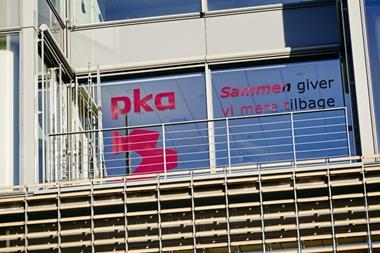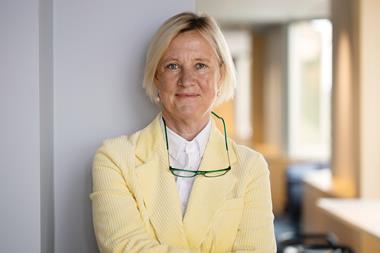The Danish pensions and insurance lobby has responded to a new analysis by an official climate body on Denmark’s future land use, saying the sector stands ready to invest in the required afforestation – but lawmakers must make it more attractive to do so.
Tom Vile Jensen, deputy director of Insurance & Pension Denmark (IPD, Forsikring & Pension), said: “There is a need for large private and public investments in forests if we are to achieve the EU’s and the government’s objectives.”
He added: “Therefore, there is a need to make it more attractive to invest in forests in Denmark.”
The Danish Council on Climate Change (Klimarådet), an independent body of experts advising on the country’s transition to a low-carbon economy, released a key report today on the most effective way to meet various requirements for its land area.

Among its four main messages, the panel said biodiversity and forests would have to make up a larger proportion of Denmark’s landscape.
The total agricultural area had to shrink by about a third, it said, particularly because of the EU’s aim that the union as a whole had to protect 30% of its area for the sake of biodiversity.
The Danish climate council said the land released from farming should be primarily turned into protected nature in the form of grassland, natural forest and wetlands, for example, but said “massive afforestation efforts” were also needed to significantly boost the total production forest area.
IPD responded to the report saying that the pension sector stood ready to cooperate on forestry.
Vile Jensen said the Council on Climate Change’s recommendations aligned with an agenda that the pension industry had long argued for.
“We must have more forest in Denmark, as planting more forest has a wide range of positive benefits for the environment and the climate,” he said.
“The pension industry has long been an active player, but primarily abroad, as the framework in Denmark has not been favourable for investments in forests on a large scale,” Vile Jensen said.
The council’s proposal for subsidies was a good initiative, he said, but added that CO2 quotas and so-called mitigation credits, as used in the US, should also be considered.
“With the right framework, we can create a basis for investments in protected forests too, for example.
“On top of this, one should also look into whether the framework for the ecosystem for the forestry industry in Denmark is good enough in terms of getting timber set aside,” he said.
Read the digital edition of IPE’s latest magazine







































No comments yet